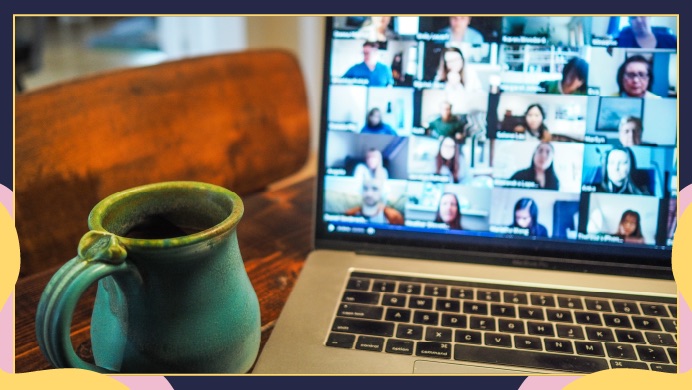When you’re designing learning, don’t overlook the importance of informal learning. This is learning that takes place outside of the classroom or the eLearning activity. It could be knowledge gained from reading, Web searching, or from colleagues and friends. In fact, we typically learn more from informal learning than from formal learning experiences.
How can you make learning continue to be effective after the learner closes the browser window or leaves the classroom? Here are a few ideas for encouraging informal learning in the workplace.
Build a Learning Culture
After the delivery of any formal training (whether a problem-based scenario as described above or any type of traditional classroom course), consider using a wiki, blog, or other knowledge management tool to:
- Provide a space for learners to reflect on what they learned in training
- Gather additional resources on the training subject matter
- Build a body of best practices for use in operational activities.
- Encourage employees to learn together about topics that interest them, such as cutting edge tools or techniques in their discipline. Employees could present results of their own reading or research to their colleagues. These learning events could happen at brown bag learning sessions or during team meetings.
Foster Employee Engagement
For both new hires and veteran employees, you could use informal learning to develop and sustain employees’ sense of engagement with the organization. Employee engagement is a common metric used in Human Resource Development to determine that amount to which employees feel committed to an organization. Here are some ideas:
- To foster employee engagement from the start, consider offering new employees both formal and informal opportunities for learning and building connections within the organization, developing a sense of inclusion and engagement with their new colleagues.
- Engagement-building opportunities could include orientations to the organization and its business objectives and working culture, formal training in operational matters, and informal opportunities to network and share information and best practices with colleagues from across the organization.
- Encourage employees (both new and veteran) to identify possible communities of practice or mentoring programs. Use these to develop individual talents and identify opportunities to share knowledge and expertise both within the company and outside it (for example, by engaging outside experts in fields related to your company’s business activities).
- With careful planning and execution, you could initiate a peer review process in which employees offer constructive critique of their peers work. For example, Sharon Korth and Brenda Levya-Gardner (2006)1 present a “Rapid Reflection Model,” in which employees reflect on the impact of their activities on both their own projects and the overall goals of the organization. The aim of the process is to build a culture in which employees are responsive to learning and growing – not simply from training courses and presentations but also by the important process of learning from mistakes and from the experiences of others.
-
Korth, S. J., & Levya-Gardner, B. S. (2006). Rapid reflection throughout the performance-improvement process. In J. A. Pershing (Ed.), Handbook of human performance technology (pp. 1089-1108). San Francisco, CA: Pfeiffer. ↩







